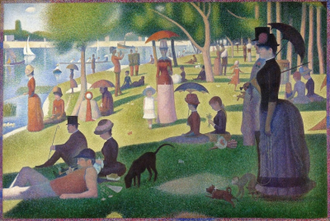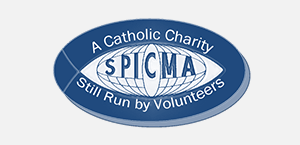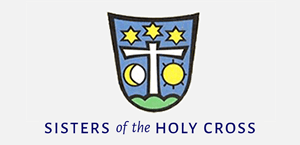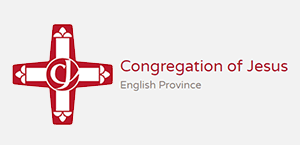Gospel in Art: Is it lawful on the Sabbath to do good or to do harm?

A Sunday Afternoon on the Island of La Grande Jatte, by George Seurat, 1884. Oil on canvas.. ©Art Institute of Chicago
Source: Christian Art
Gospel of 22 January 2025
Mark 3:1-6
At that time: Again Jesus entered the synagogue, and a man was there with a withered hand. And they watched Jesus, to see whether he would heal him on the Sabbath, so that they might accuse him. And he said to the man with the withered hand, 'Come here.' And he said to them, 'Is it lawful on the Sabbath to do good or to do harm, to save life or to kill?' But they were silent. And he looked round at them with anger, grieved at their hardness of heart, and said to the man, 'Stretch out your hand.' He stretched it out, and his hand was restored. The Pharisees went out and immediately held counsel with the Herodians against him, how to destroy him.
Reflection on the painting
All four Gospels highlight the significance of the Sabbath, a day of rest and worship deeply rooted in Jewish tradition. Jesus, as a faithful Jew, observed the Sabbath and emphasised its importance, but He also redefined its purpose. In today's Gospel reading, Jesus heals a man on the Sabbath, challenging the Pharisees' rigid interpretation of the Law. They had turned the Sabbath into a day of burdensome rules rather than one of joyful worship and service to God. Jesus reminds us that the Sabbath is meant to restore, heal, and bring life, not impose unnecessary restrictions. For Christians, this principle translates to Sunday as our day of worship and rest, where we honour God through the Eucharist and community worship.
In this spirit, I share with you Georges Seurat's A Sunday Afternoon on the Island of La Grande Jatte (1884). The painting captures people enjoying a restful Sunday afternoon, maybe after attending Mass, a visual reflection of how a day set apart for God can lead to rest, renewal and family time. Jesus' teaching encourages us to see Sunday not merely as an obligation but as a gift.
Georges Seurat's painting is one of the most celebrated works of the 19th century and a masterpiece of the Pointillism technique, which Seurat pioneered. Pointillism is a painting technique developed in the late 19th century, characterised by the application of tiny, distinct dots of pure colour to form an image. When viewed from a distance, the colours blend optically in the viewer's eye rather than being physically mixed on the palette, creating a vibrant and luminous effect. Our painting, nearly two metres tall and three metres wide, depicts Parisian society leisurely enjoying a sunny day on the banks of the River Seine. Remarkably, it is composed of millions of tiny dots of pure colour, which Seurat painstakingly placed onto the canvas. The work is a striking example of Seurat's scientific approach to art, incorporating contemporary theories of optics and colour harmony. The scene is set on La Grande Jatte, an island near Paris that was a popular retreat for people of all classes to relax. The stiff, almost statuesque figures lend the piece a dreamlike, timeless quality, and the enigmatic characters, such as the woman with the pet monkey and the mysterious man smoking a pipe, have intrigued viewers for generations. We don't know who they are. A beautiful painting depicting a restful Sunday.
LINKS
Gospel in Art: https://christian.art/
Today's Reflection: https://christian.art/daily-gospel-reading/mark-3-1-6-2025/


















